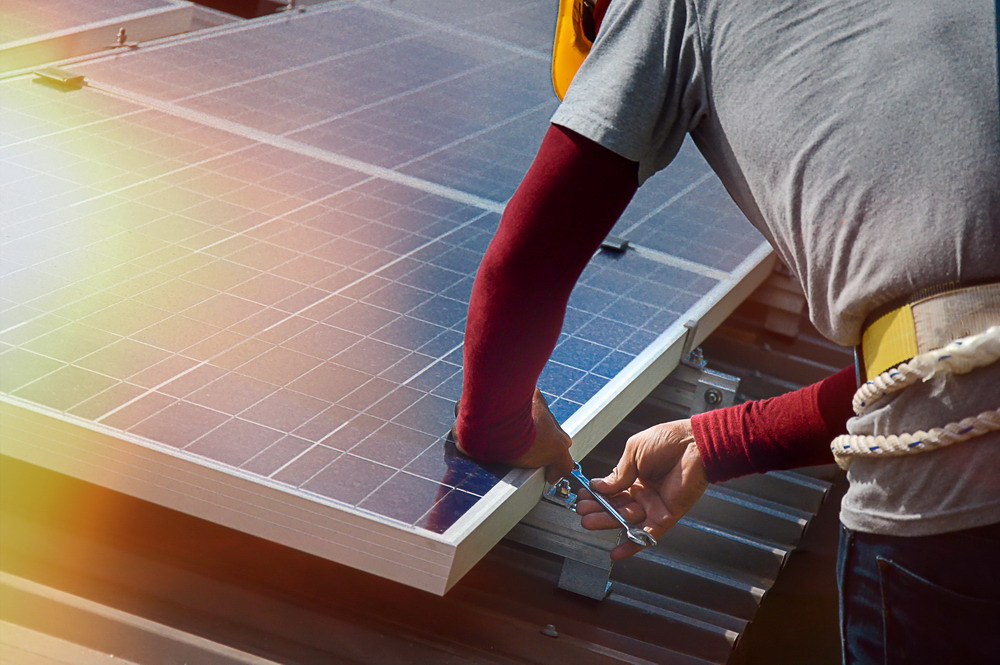According to the folk at Vivint Solar, some customers order a solar panel system from them and are happy to let them get on with installation without asking any questions. Others want to know more about their new solar energy system and ask questions about every aspect, from how the panels work to how they are attached to the roof.
What to Know About Solar Panel Installation
Solar panels are installed in a number of ways, and while most systems are attached to the roof of a home, not all are. In fact, some people do not have the roof space to accommodate the size of the system that they need. Consequently, their solar panels may be placed at ground level. However, those that are placed on a roof need to be securely attached to ensure that the panels stay in place, even in the windiest conditions. How is this accomplished?
When solar panels are attached to an existing structure, it is known as retrofitting. This process involves attaching the panels to the existing roof material, which could, for example, be tiles or asphalt. When solar panels are retrofitted to a roof, the installer will need to use a variety of tools such as roof anchors, clamps, and mounting rails.
Roof anchors are designed to be attached to the roof and the type used will depend on the material of the roof. If the roof has ridge tiles, the installer will usually lift the tiles and attach the anchors to the rafters before replacing the tile. For asphalt or slate tile, the installer will typically drill right through to the rafters, instead of lifting the tile. If this method is used, the hole will need to be sealed to prevent water from seeping through.
The mounting rails are then attached to the anchors with a special locking system and clamped in place. If solar panels are placed at ground level or if there is a concern regarding the theft of the panels, the installer might include anti-theft fixings such as security bolts that require special drill bits for removal. Some people will pay extra for an alarm system that connects the panels with an optical fiber.
Sometimes, solar panels are integrated into the roof structure. This is typically done on newly built properties or when an entire roof is being replaced. This type of system usually involves the panels being fitted directly to the roof and the tiling then being done around them.
If the home has a flat roof, the solar panel installer will usually make sure that the panels are angled towards the sun rather than placing them flat on the roof. The ideal angle is around 15 degrees from the flat as this will ensure maximum performance while minimizing wind loading. It will also limit the visual impact of the panels on the roof and prevent each row of panels from shading the one behind. Solar panel systems on a flat roof are usually installed on a special mounting frame or in a plastic tray.
A solar panel system on a flat roof, may not be attached directly to the roof to avoid penetrating it. It will instead be held in place with stones, gravel, or paving slabs.
Conclusion
Solar panel systems are typically attached to the roof of a home, but they may be placed at ground level. When attached to the roof, they will be either retrofitted to an existing roof or integrated into a new roof. How they are fixed, depends on the type of roofing material and whether the roof is tilted or flat.

